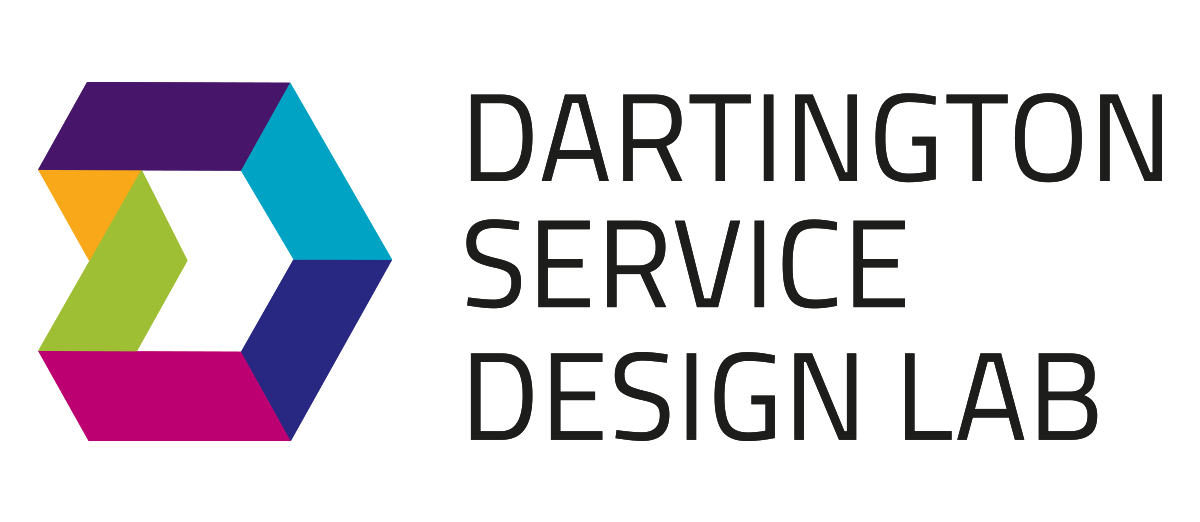The power of a visual
Keira Lowther | Service Design Specialist
Daniel Ellis | Data and Design Specialist
At Dartington, through experience we have learnt the importance and power of a visual depiction of data to communicate meaning. Done well, this can reduce barriers to understanding the data and address any imbalance between those who hold the information or evidence and those who are interested in understanding it. Here Keira Lowther and Daniel Ellis discuss the power of visualisations and show how they can help us understand systems.
At the 2020 Parent Infancy Foundation Conference in January, Emily Frith (Head of Policy and Advocacy at the office of the Children’s Commissioner) presented a slide of the Early Years system. It was full of useful information which is rarely pulled together in one place - but the amount of information made it difficult to understand. In response, I (Keira) shared it on Twitter, with the comment “No wonder families fall through the gaps”. Given the response, this is apparently an impression shared by many.
Most people it seems, have had that sinking feeling of being overwhelmed by data. You might be thinking, ‘what’s even going on here? Where do I begin if I want to understand this?!’
When faced with a mammoth spreadsheet or an otherwise confusing picture, the Lab has begun to rely on data visualisations to help us find the wood in the trees.
These skills are particularly useful in our work with local authorities and charities, when trying to see whether there are gaps in commissioning, either by outcome, age or location. We have used visualisations to map out governance networks, to see whether there are efficiencies, duplication or other redundancies.
Sharing the knowledge
The slide shown at the conference was designed to describe the current entitlements and statutory services in the Early Years system. We thought we’d share our attempt at mapping the same system, including drawing on Emily’s information, to explore whether a different visualisation might make this easier to digest and interrogate for insights. We think this version shows where services and entitlements come and go with a child’s age and where there are gaps in services.
Entitlements and statutory services from pregnancy to age 5: redrawing the Children’s Commission service map.
For example:
There are a number of entitlements that begin in pregnancy and end around the child’s first birthday. These are mainly to do with health (antenatal appointments, health visiting and free dental care) but also affect employment rights and family finances (maternity/paternity/shared parental leave).
Help with childcare costs comes from three different sources – education, HMRC and DWP – all with different thresholds for entitlement, and routes to access.
After a child’s birth, the health and public health sections provide a road map of what parents can expect in terms of check-ups and routine vaccinations – and when practitioners can expect to see them.
This map goes some way to helping explain services or entitlements available to new parents that should be available no matter where you live, although it’s important to remember that service provision in Children’s Centres varies. Having said this, most provide antenatal classes at a minimum, and some variety of parent and child sessions.
How could this be supplemented?
In our work, where we have analysed and created data visualisations like these before, we make a point of looking at additional services provided in a particular location, for example by the voluntary sector, to give a detailed and complete view of what is available to families and children. This has several benefits. Firstly, because often, even those working within a local system are not aware of all the services available to families. Having this clarity can join the dots in a system, and helps practitioners guide users through a more fluent journey.
Secondly, the map can be used as a source of information for families themselves, helping them to understand their rights and pathways to support. Finally, commissioners have reported that local versions of this map identify gaps in provision, and help where smart them focus resource.
We’d be interested to know if you have found this example easier to understand and hear from anyone else experimenting with the power of visualisations to clarify research questions or facilitate data informed decision-making. If you can see potential in this kind of work, get in touch – we’d love to see how we might be able to help those who hold the data and those who need the data work better together.


